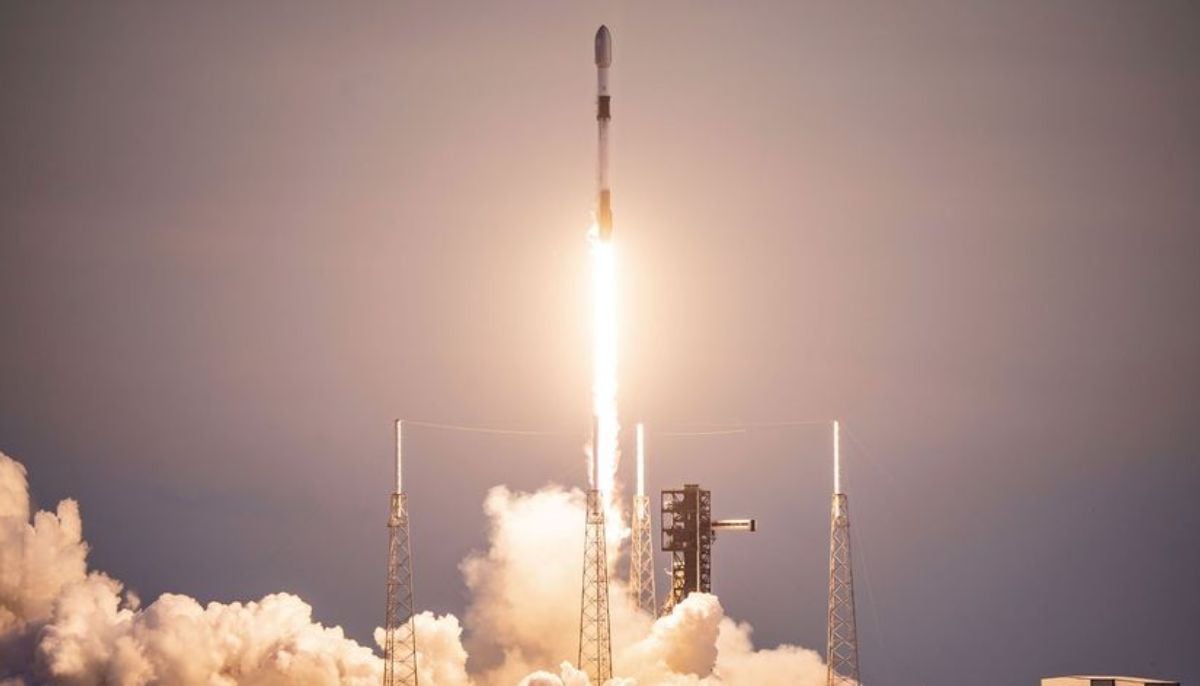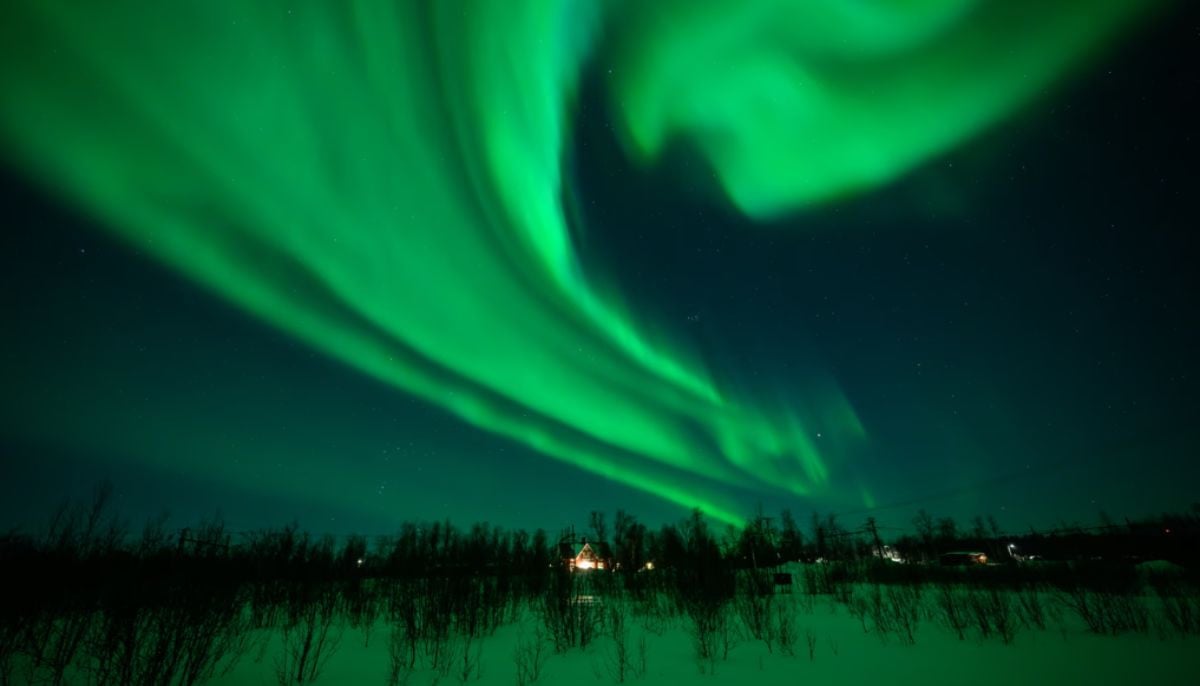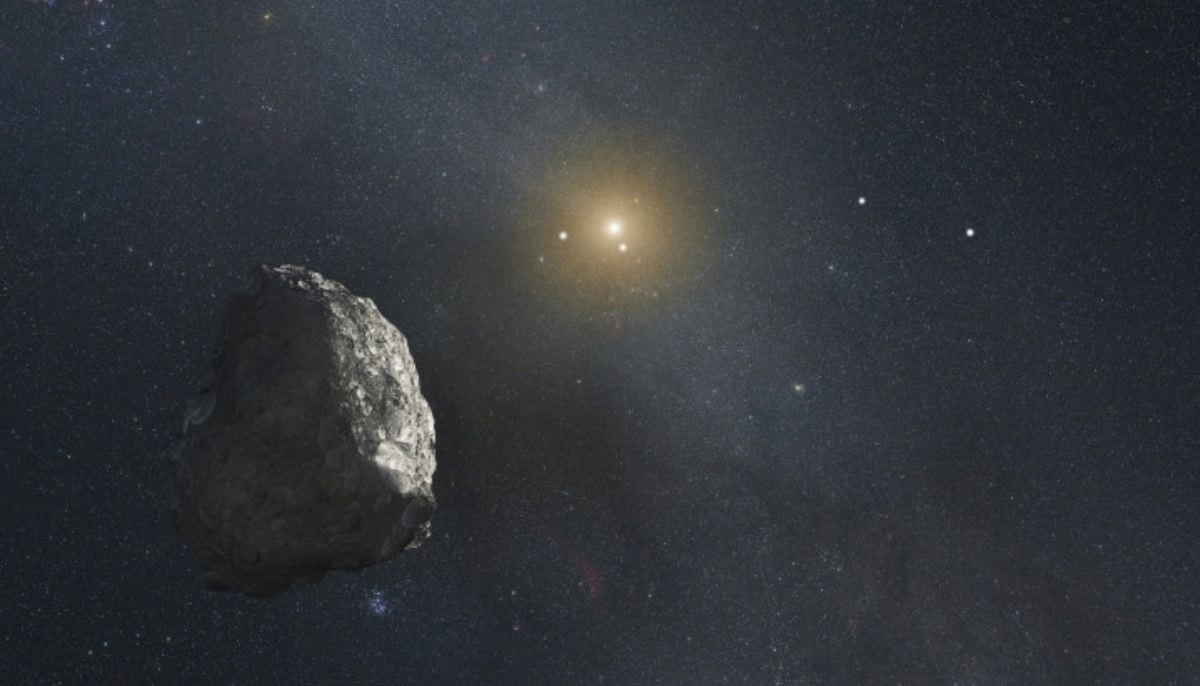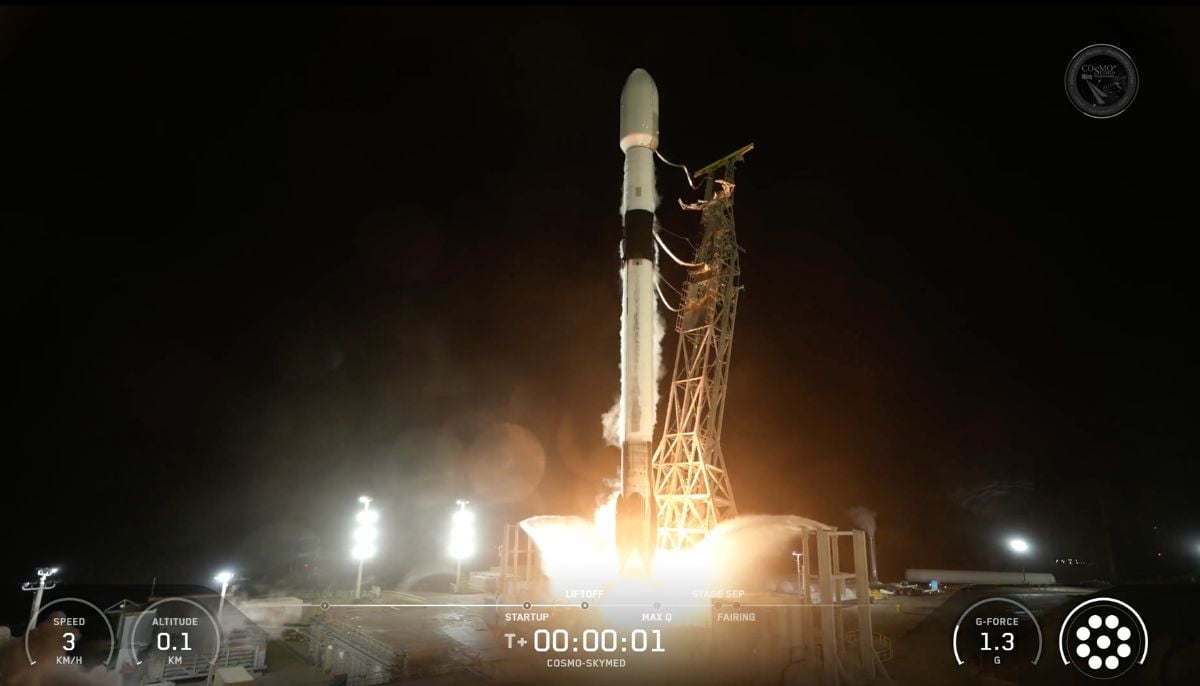New study suggests Milky Way-Andromeda collision less likely
New research dramatically lowers probability of crash within next five billion years to a mere 2%
For years, the fate of our Milky Way galaxy has been seemingly sealed: a spectacular, inevitable collision with its neighbouring Andromeda galaxy.
Hurtling towards each other at a breathtaking 250,000 miles per hour (400,000 kilometres per hour), past research had predicted this cosmic crash to occur in a relatively short 4 to 4.5 billion years. The envisioned scenario was a galactic grand slam, altering both stellar behemoths.
However, a groundbreaking new study, incorporating recent observational data and introducing fresh variables, is throwing a cosmic wrench into those long-held assumptions. The once-certain collision is now looking far less likely, at least soon.
This new research dramatically lowers the probability of a crash within the next five billion years to a mere 2%.
Even extending the timeline to 10 billion years, the chances of a collision are now estimated at only about 50%. This significant shift in outlook suggests that while our galactic neighbour is indeed on a converging path, the precise trajectory and the likelihood of a direct impact are more nuanced than previously understood.
Galactic mergers are not like a demolition derby, with stars and planets crashing into each other, but rather a complicated blending on an immense scale.
"The future collision — if it happens — would be the end of both the Milky Way and Andromeda," said University of Helsinki astrophysicist Till Sawala, lead author of the study published on Monday in the journal Nature Astronomy, with the structure of both being destroyed and a new galaxy with an elliptical shape arising from the merger.
"If a merger happens, it is more likely to occur 7-8 billion years in the future. But we find that based on the current data, we cannot predict the time of a merger if it happens at all," said Sawala.
The two galaxies currently are around 2.5 billion light-years from each other. A light-year is the distance light travels in a year, 5.9 trillion miles (9.5 trillion kilometres).
The potential collision is so far in the future that Earth by that time is forecast to become a completely different kind of place.
Our planet is expected to be rendered uninhabitable roughly a billion years from now, with the sun becoming so hot that it will boil away our planet's oceans.
The sun is one of the Milky Way's many billions of stars. The total mass of our spiral-shaped galaxy — including its stars and interstellar gas as well as its dark matter, which is invisible material whose presence is revealed by its gravitational effects — is estimated at approximately one trillion times the mass of the sun.
The Andromeda galaxy has a shape and total mass similar to the Milky Way's.
The researchers simulated the Milky Way's movement over the next 10 billion years using updated data from the Gaia and Hubble space telescopes and various ground-based telescopes as well as revised galactic mass estimates.
Other nearby galaxies are forecast to factor into whether a collision occurs. Previous research accounted for the gravitational influence of the Triangulum galaxy, also called Messier 33 or M33, which is about half the size of the Milky Way and Andromeda but did consider the Large Magellanic Cloud, a smaller satellite galaxy of the Milky Way, as this study does.
"We find that if only M33 is added to the two-body system, the chance of a Milky Way-Andromeda merger actually increases, but the inclusion of the Large Magellanic Cloud has the opposite effect," said Sawala.
The researchers concluded that a merger between the Milky Way and the Large Magellanic Cloud is almost certain within the next 2 billion years, long before a potential collision with Andromeda.
One noteworthy difference between the Milky Way and Andromeda is the mass of the supermassive black holes at their centres. The Milky Way's Sagittarius A*, or Sgr A*, is about 4 million times the mass of the sun. Its Andromeda counterpart is about 100 million the sun's mass.
"Collisions between stars are very unlikely, but the two supermassive black holes would sink to the centre of the newly formed galaxy, where they would eventually merge," said Sawala.
Galactic mergers have occurred since the universe's early stages and are particularly common in areas of the universe where galaxies are clustered together.
"In the early universe, galaxy mergers were much more frequent, so the first mergers would have occurred very shortly after the first galaxies had formed," said Sawala.
"Minor mergers — with much smaller galaxies — happen more frequently. Indeed, the Milky Way is currently merging with several dwarf galaxies," said Sawala.
-
Watch: Beautiful northern lights dazzling over Greenland's skies
-
Wildfires are polluting our environment more than we thought: Find out how
-
3I/ATLAS flyby: Why is Jupiter’s 96th Moon drawing intense scientific interest?
-
NASA spacewalk 2026: Medical issue prompts rare talk of early ISS crew return
-
Comet 3I/ATLAS: Scientists examining images they cannot easily explain
-
Wolf Moon 2026: Will the full moon outshine the Quadrantid meteor shower?
-
SpaceX mission 2026: The Italian radar satellite takes its first orbital flight
-
Solar Eclipse 2026: When and where Europe will see total eclipse












